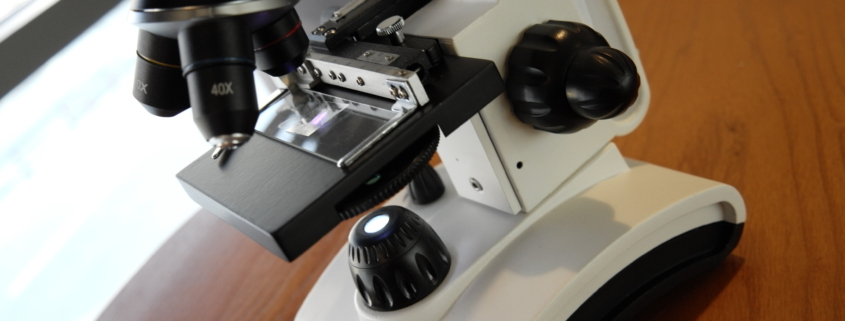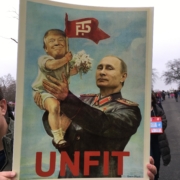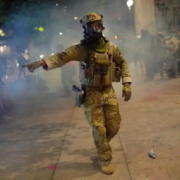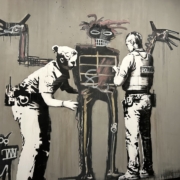Attempting to understand the aesthetics of graffiti and street art pieces
Urban dwellers pass by graffiti and street art every day without stopping to take notice, but during those rare moments when we have time and motivation it’s useful to examine the aesthetics of this type of urban art in our community or the places we travel to.
Short of asking the writer or artist to explain his or her thought process surrounding the design and placement decisions behind a tag (the most common type of graffiti), piece, throw-up, etc., (or series of them), there are multiple ways to understand this activity.
One way of dissecting graffiti pieces and street art, is by thinking about the lines, colors, shapes, symbols, icons, repetition, and use of shadows, etc. that its practitioners play with.
Initially I try to quickly categorize the work. I ask myself is the piece mainly graffiti or is it primarily street art (i.e., stickers, noncommercial posters, stencils, etc.)? Then again, sometimes the work is not categorizable or easily categorizable.
I then ask, how much effort went into the piece, and this often gives me an indication about whether or not it is simply a tag or throw up, or something else, etc.
I also look at where the piece is located (also known a spot theory), in particular what type of surface is the work located on? Is it placed on a door, a mail box, a light pole, and where on that object? It is at eye level, or at foot level, or high up forcing the observer to ask the all too familiar question how did they manage to place the piece in that location without risking injury or death? The piece of graffiti or street art may be found on a street with a lot of pedestrian or vehicular traffic, or it may be in a back alley. Each of which sets up a dynamic of possibilities presented to the writer or artist.
If the piece is a tag or bubble letter design, I look at the size and try to determine what type of element or tool (i.e., marker, aerosol spray paint, paint brush, or even etching solution) the writers used to make their mark on the surface. I look for something called hand style; this embodies where the tag starts, where it ends, are there drippings, and were these drippings intentional? Are they simply lines or are there dots too? If so how many? How fat or narrow are the lines, dots, and does the writing try to emulate any know type styles. How many tags or stickers, posters, or stencils (in the case of street art) are there in the neighborhood? Is it a basic color scheme, or is it the same tag or sticker with different colors. I look for various recognizable symbols and patterns like crowns and dots and where they are located in the overall design.
I try to figure out how old the piece is; is it recent or old? Is it being crowded out by other works of graffiti and street art? Is it about to be overtaken by other pieces. Has anyone tried to buff it, by either scrapping off, or painting over it. Does it rest upon other tags, or fresh paint by someone who covered over other pieces.
Another thing to consider is the color. Most tags in a neighborhood, by the same writer may be of a similar color, but again as pieces become more complicated there are often more colors and more intricate designs.
With more complicated pieces I try to ask if it embodies some verbal or iconic representation (i.e., who or what is it trying to represent). Is it a caricature, what aspects is the individual writers/artists characterizing, is it a saying is it a joke etc.?
Does it play off something that currently exists like a window, piping, venting, a protrusion, landscape, natural or otherwise.
If it is a more intense piece of graffiti (more work than a tag) or complicated or intricate piece of street art, did it involve the participation of others and how did they do it?
By forcing oneself to answer these kinds of questions, it may lead one to better appreciate the skill and risks that people take to engage in graffiti and street art. It may also enable us to more fully understand the numerous types of art, and our urban public spaces.
Photo credit: Aaron Yoo
Title: Microscope












